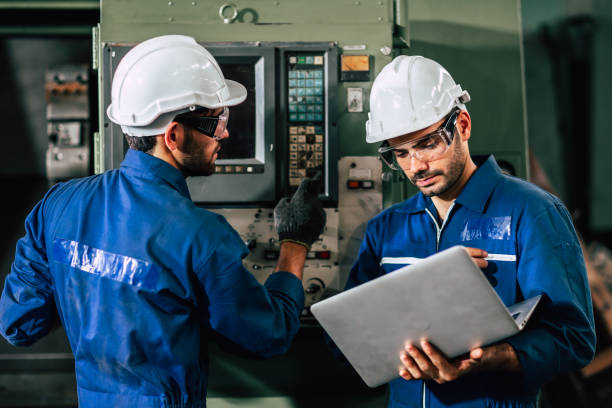Some automation solutions can even handle practically all your current 3rd party lab equipment (with RS232 connectivity). The user and the company both stand to gain from the use of this control.
You may get automated chemistry systems in the form of a purpose-built automated chemical reaction device. On the other hand, manual jacketed reactors that you already have can be updated to complete automation using a solution that combines hardware and software. Both of these choices provide you the ability to manipulate and monitor almost any imaginable experiment parameter that you would need.
Continue reading to learn the top 5 reasons why you should consider switching to automated chemistry systems.
- An increase in overall output
Experiments in chemistry may need a large number of minute changes at various points. Automated chemistry systems do all of these modifications on your behalf, freeing you to focus on other responsibilities or conduct more tests. You can tell the program precisely when you want the temperature, stirring, dosage, or other factors to change by creating complicated recipes that include many steps. You should standardize your processes and save your recipes so that they may be used again.
After you have finished setting up your experiments on a Friday afternoon, you should let them continue to run unattended over the weekend. Your reactions are monitored by in-built safety safeguards, transforming the automated chemical reaction device into your own chemical assistant over the weekend.
- Reliable results
The caliber of a chemist’s work is the standard by which they are evaluated. Automated chemistry systems provide you better confidence in your findings by allowing you to more precisely regulate reaction conditions, hence lowering the likelihood of results being affected by human error.
Your experiment’s every variable may be tracked by automation software, which then provides you with a plethora of data. This is then displayed in a visual form, which makes it much simpler to comprehend and convey the information.
- Improved health and safety of the workplace
The use of automation in your laboratory lowers the likelihood of people being hurt. You should establish limits that, if surpassed, will cause the system to shut down automatically, and you should also establish alerts that will tell you whenever there is a potential for an accident to occur. The computer program won’t make potentially catastrophic blunders just because it’s worn out or because it has to use the restroom.
- You’ll save money, time, and lab space
Some people are turned off by the fact that automated chemical reaction devices have a higher initial investment than manual systems do. However, chemists who look beyond the initial expenditure are sometimes persuaded that switching to a different method is the best decision since, in the long run, they save money, time, and lab space.
Because of their versatility, automated jacketed reactors may often be utilized for a variety of chemical reactions, hence decreasing the total number of reactors that a laboratory requires. Automated chemistry systems aren’t costly at all when you take into account the time they save, the increased level of engagement they provide for lab employees, and the better precision of experiment results.
- Valuable walk-away time
You decided to become a chemist because you have always had a passion for the subject, but there are times when you just need to step away from your bench and read some of the journals or Application Notes you’ve been wanting to get to. Automated chemical reactors allow you to “set and forget” your experiment, providing you the flexibility to move away from the lab and take some time for yourself while the experiment is still being carried out.
Conclusion
If you wanted to, you could use contemporary technology by Tekmatic to completely automate your laboratory. This would include everything from motorized pipettes and automated liquid handling to robots that would identify your samples. However, the source of your reactions, which is often referred to as the jacketed reactor, is the simplest location to begin automating in a chemical lab.


















